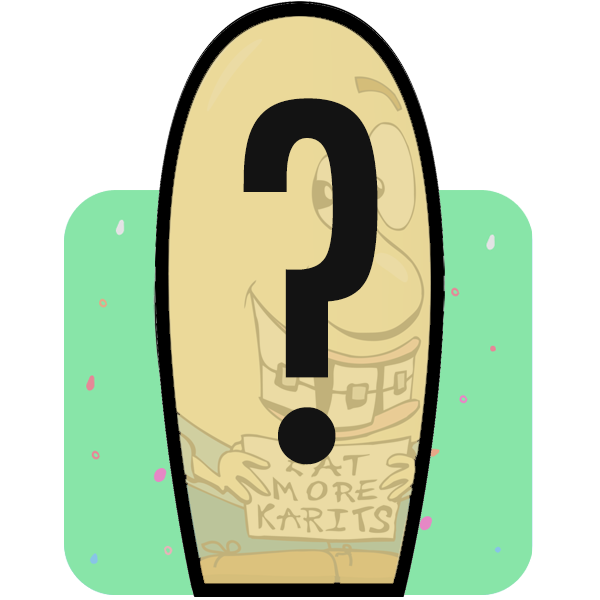Young Writers Course
Lesson 5: Start Writing!
The only thing left for you to do is write your true story—or several true stories! To help prevent a failed launch, here’s a reminder of the seven key parts of the RIBBITS Writing Formula:
R = RETAIN the reader with the very first line.
I = INTRODUCE the main characters and setting.
B = BUILD the story line.
B = BRIDGE to a critical choice.
I = INCORPORATE the main point.
T = TWIST the story’s ending.
S = SEAL the story with an unforgettable last line.
How to Edit Your Own Story
Breaking news: your first story effort isn’t as good as it could be. That’s where editing comes in. Even after you become a famous writer and a real editor polishes up your stories, you’ll still want to first edit your own work. Here are some things to look for.
- Remove the “deadwood.” Deadwood refers to words and phrases that simply don’t help move your story along. Here’s an example of deadwood being cleared from a paragraph (deadwood is bracketed): The [tall] trees reached toward the sky. It was [a] sweltering [wet and humid day] in the lush[, green] forest. How many times had I thought [to myself], What would it take [for me] to leave [my house in] the city and move here? Be heartless when removing deadwood!
- Say things better. At the same time you’re removing the deadwood, look for opportunities to say things in a more captivating and efficient way. Often, phrases can be “tightened” by replacing them with a better word choice. Example: “Amber gave her cousin a hug” becomes “Amber hugged her cousin.” Tightening your work pays off!
- Work on your attributives. No need to grab a dictionary to learn the meaning of “attributives.” It’s referring to verbs of speech, also sometimes called “speech tags.” Here’s a good example of how making a little speech tag change can punch up a story:
“I can’t do it!” said David. More colorful would be “I can’t do it!” David grumbled. Be sure you’re using the best attributives to paint the most accurate pictures for what’s happening in your story.
- Use your word processing software’s grammar and spell-checker. No, it won’t catch every possible glitch, but it will almost certainly catch lots of them. If you’re using Microsoft Word, take the time to learn about its spelling and grammar functions.
- Share your story with someone in the target age and/or another writer. This isn’t exactly a “self-editing” action, but it’s valuable nonetheless. You could do this via email, in a writer’s group, or in person. Ask your reviewers for suggestions on how your story might be improved.
- Set your work aside for at least a couple of days and then go back through it. You’ll be shocked at how much it can be improved!
Finally . . .
Turn in your story either using the button below or at GuideMagazine.org/youngwriter. Unless your story somehow didn’t show that you took the RIBBITS Writing Formula seriously or missed the mark in some other way, it will be published at GuideMagazine.org for the whole world to enjoy.
Now that you’ve finished Guide’s Young Writers Course, it’s time to receive your official certificate of completion! Send us an email with your name. Be sure and put “YWC certificate request” in the subject line and include this code within the email itself: YWC2024. We’ll send your certificate of completion by return email.
Thank you for completing the online portion of Guide’s Young Writers Certification Course. Your writing might just make an eternal difference to many readers!

Randy Fishell
About your instructor
Randy has also had his own books and lots of magazine articles accepted for publication. One of his first stories to be published was “Hair Today, Gone Tomorrow,” which later became the title of one of his books. “It turns out that believing I could keep every hair on my head intact for the rest of my life was a bald-faced lie,” Randy observes.
His very first book was a collection of church skits, including a silly one about a surgeon who tries to operate on a patient with a bad case of “criticulosis”—the habit of criticizing others.
Randy’s latest book is The Good Humor Guy, a collection of wacky stories from his long-running Guide column of the same name. The book includes such life-changing stories as “Lover Boy Meets His Doom” and “Oh, That Hurts Good!”
“Anybody can be a better writer if they just keep in mind a few simple tips,” says Randy. In this course he covers the writing principles that he feels are most important and suggests the sound a frog makes as a way to remember those principles.
Randy lives in Smithsburg, Maryland, where he is often out exploring with his metal detector. (He has found a good number of Civil War bullets and a ridiculous number of worthless bottle caps.) He is a cartoonist and author of the book, Tucker Barnes Digs In. read more

